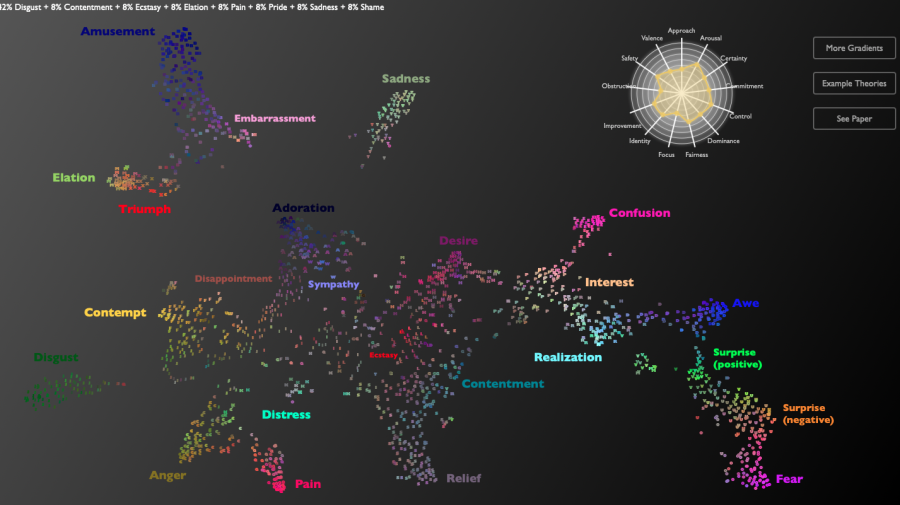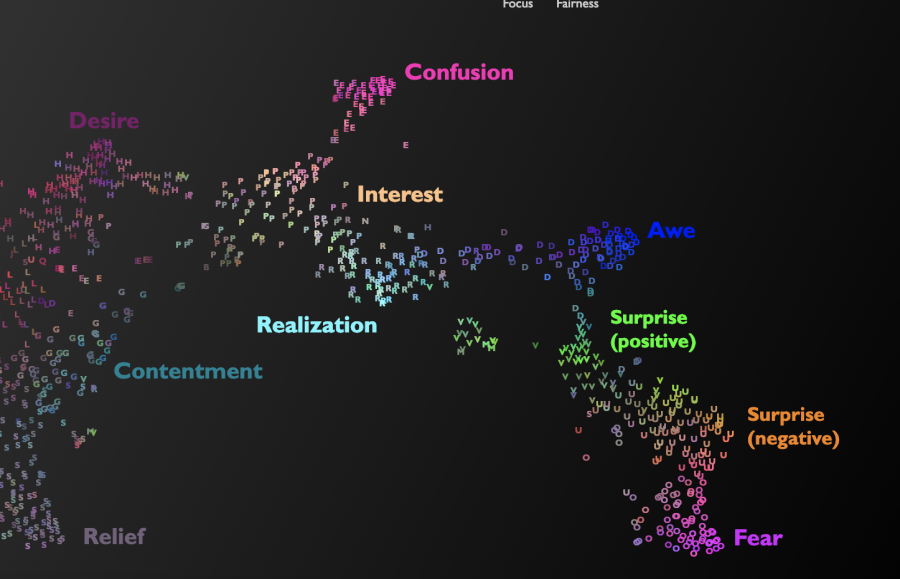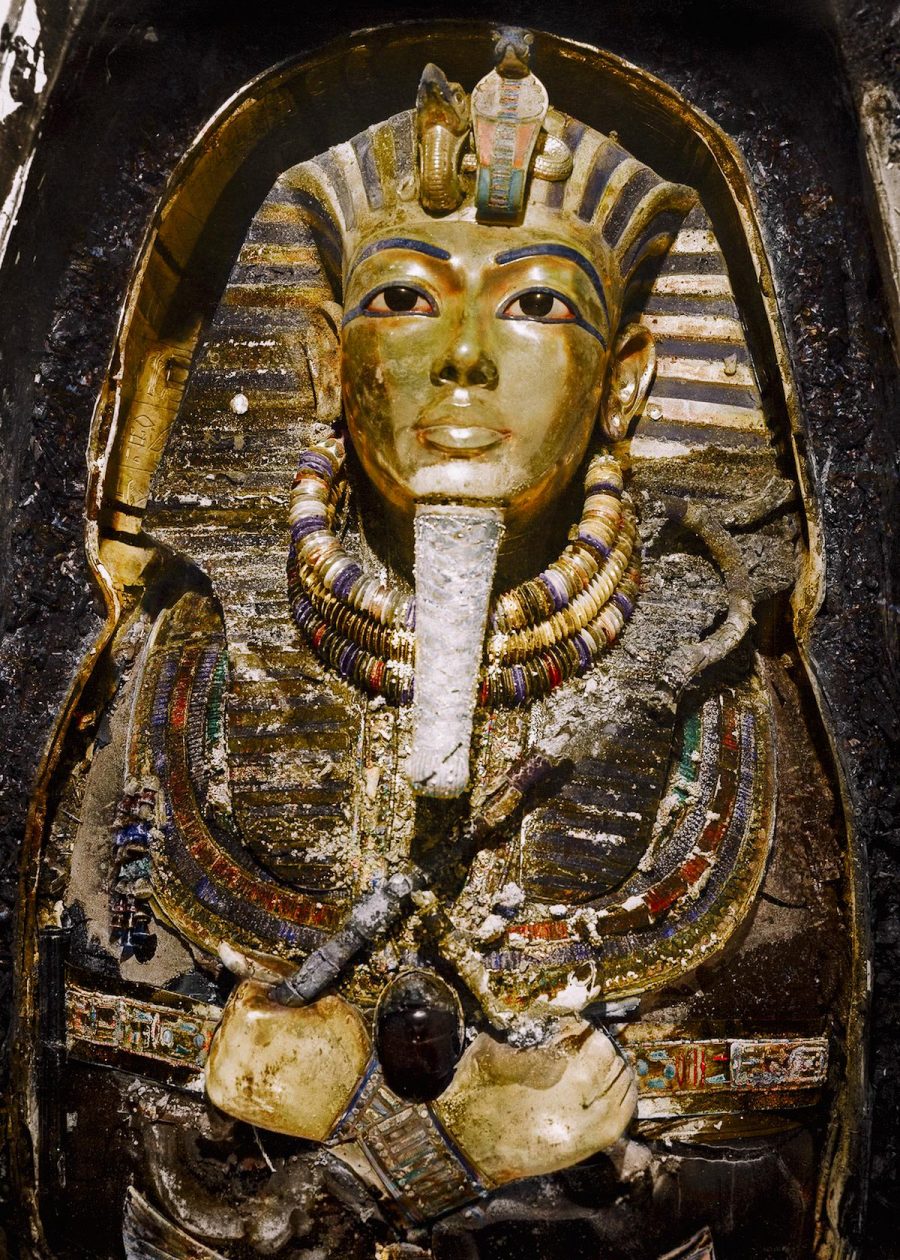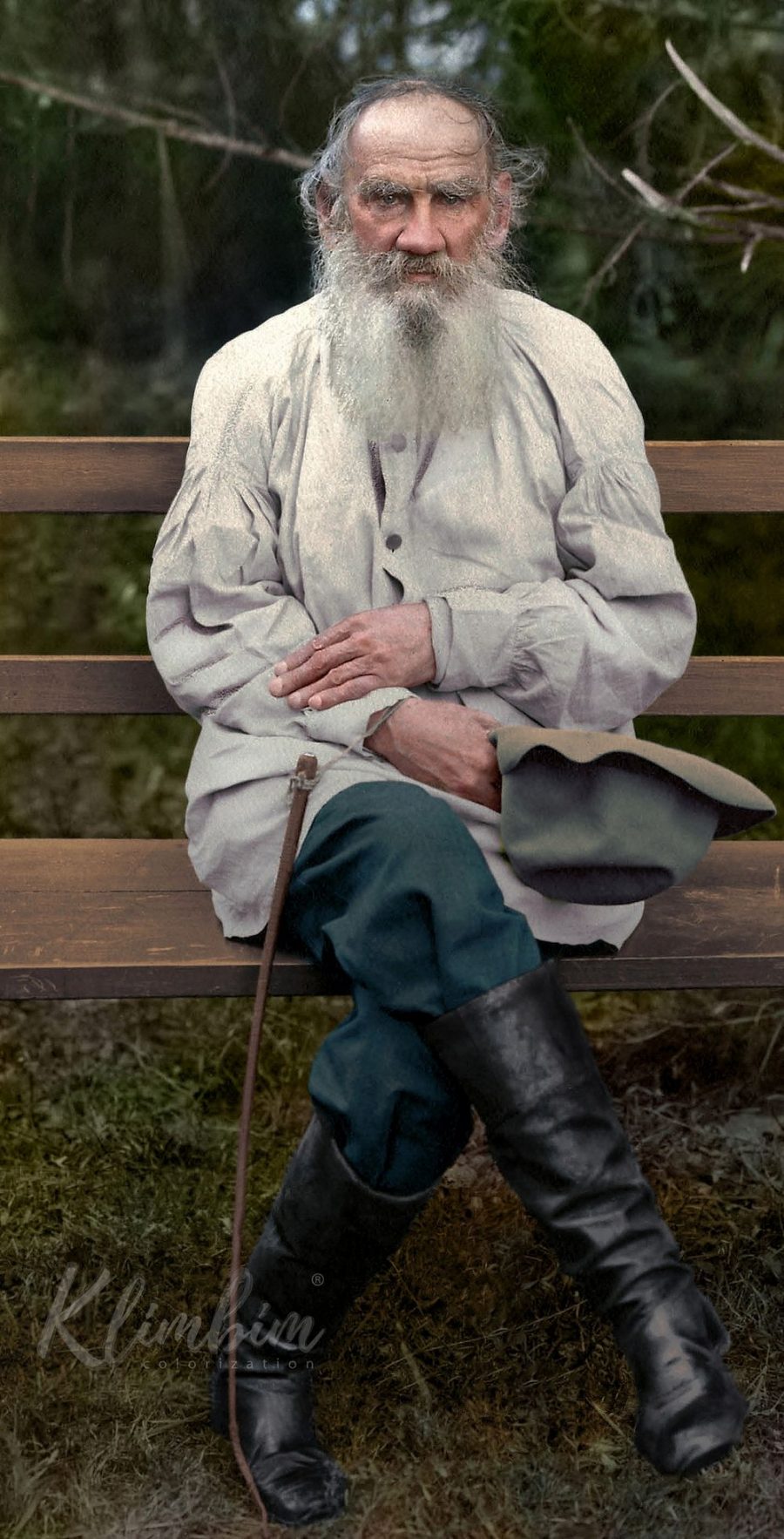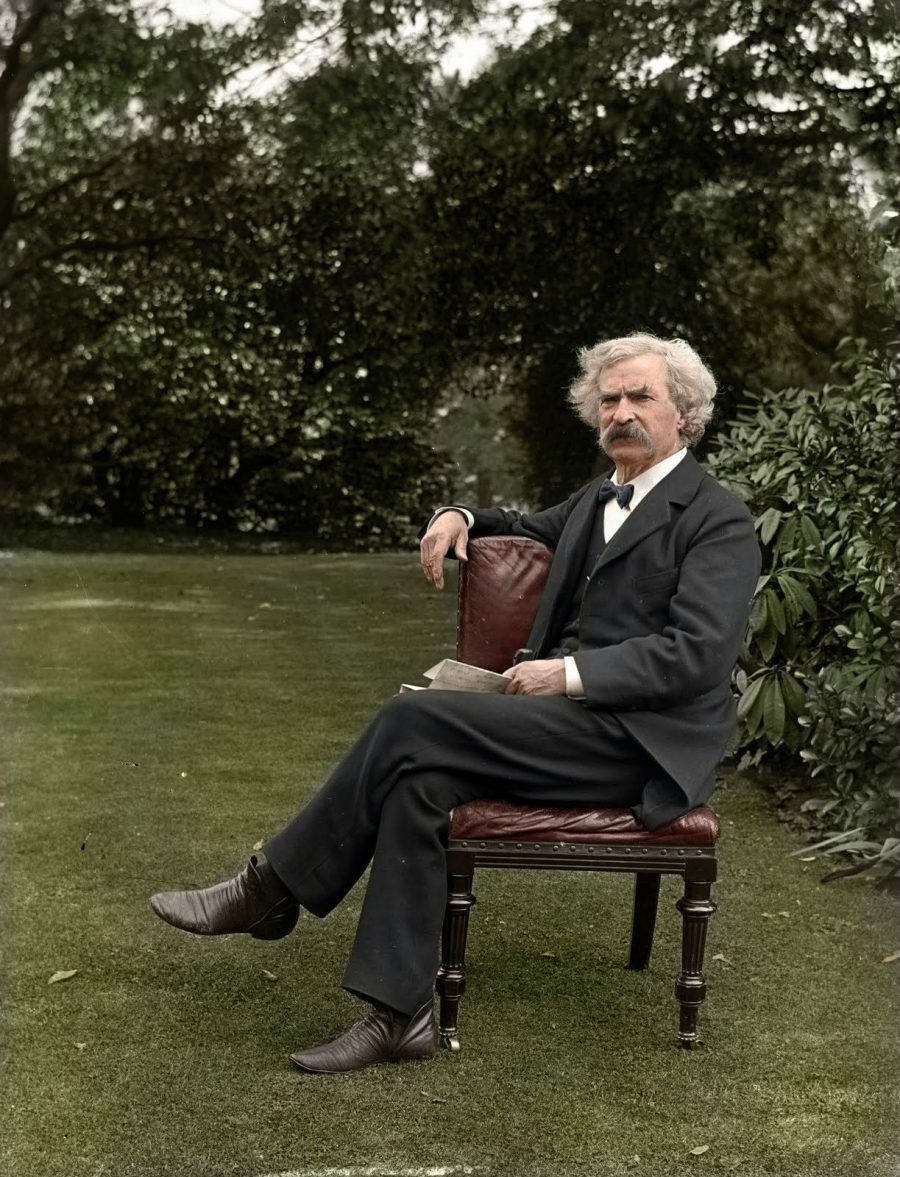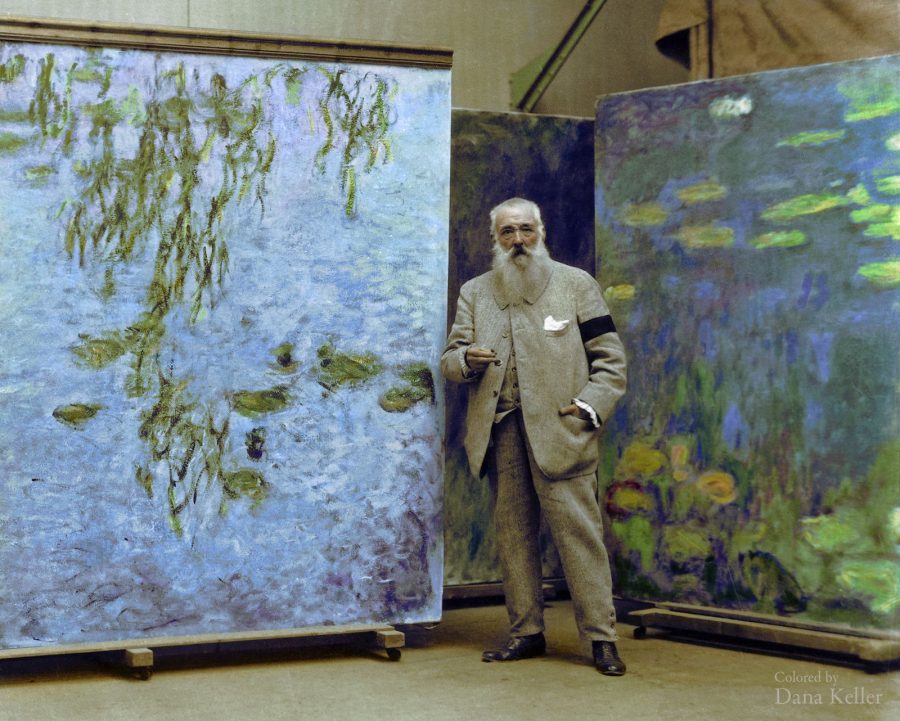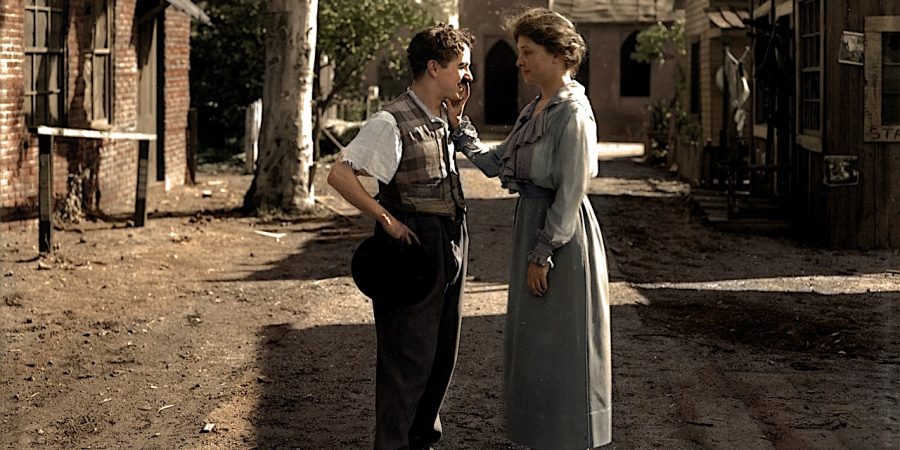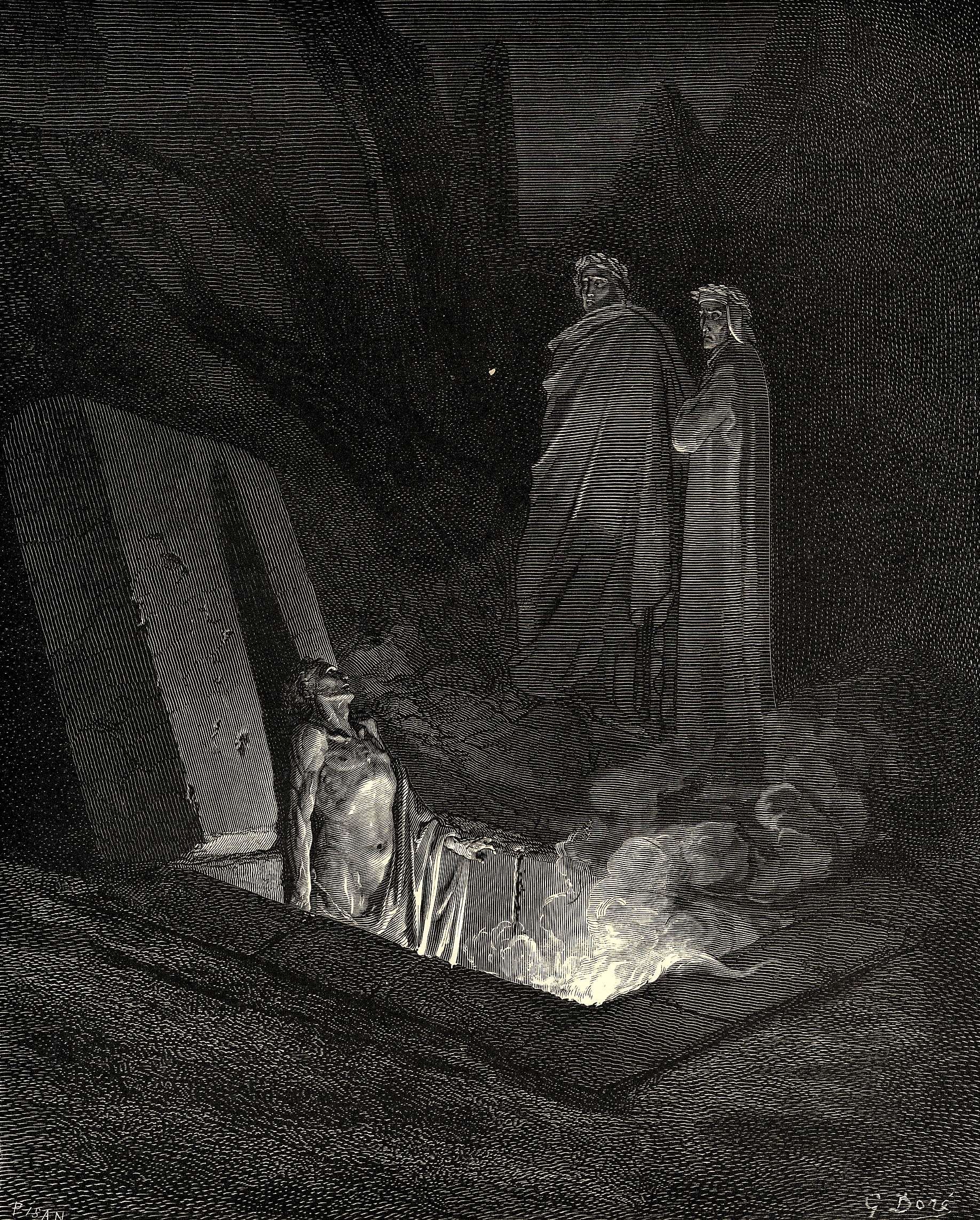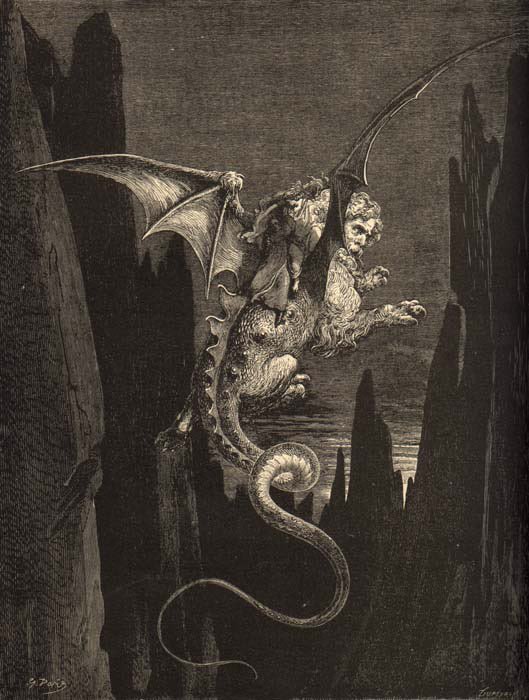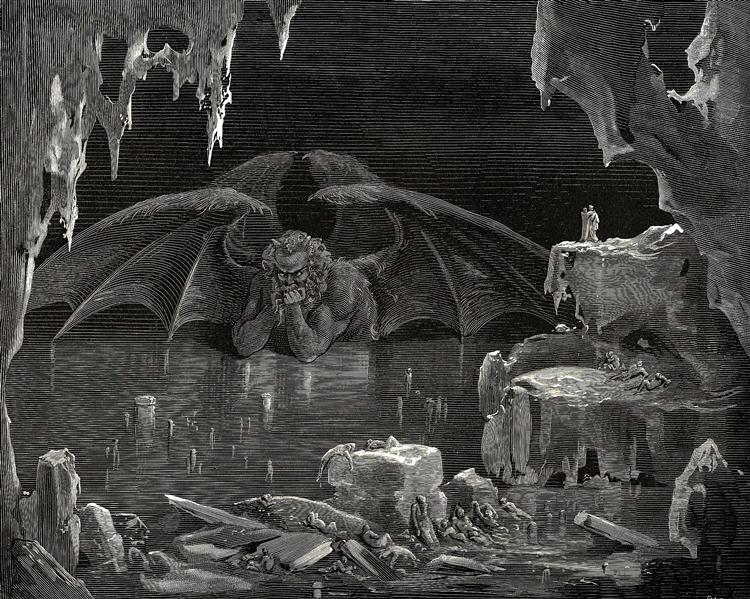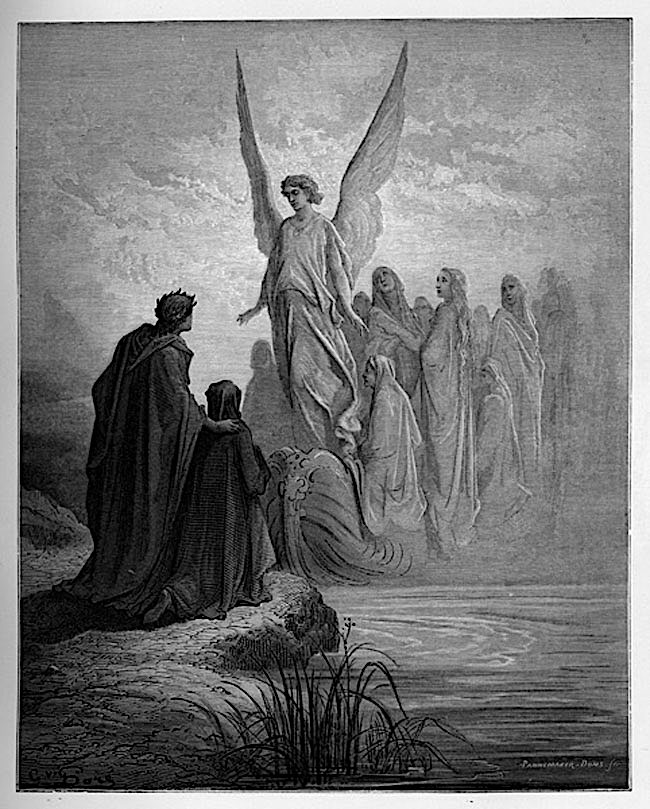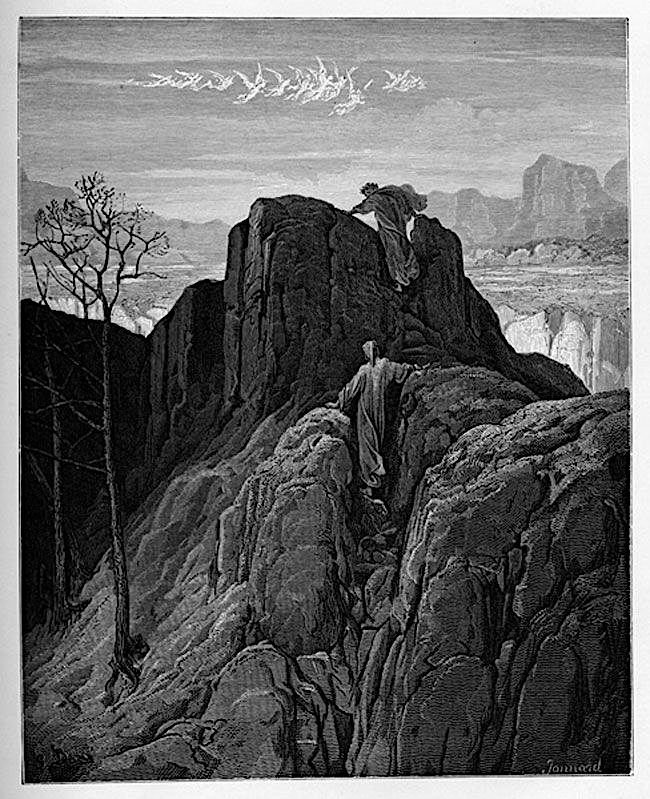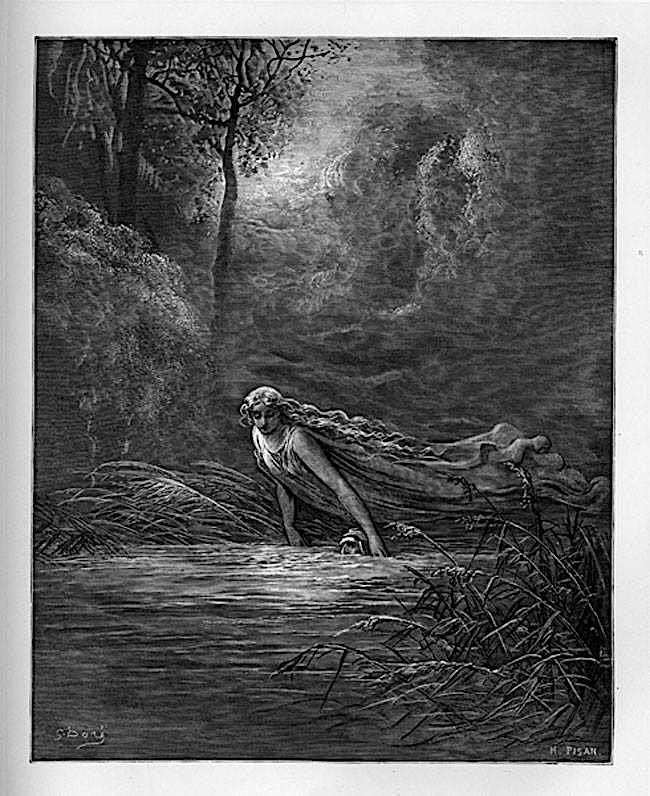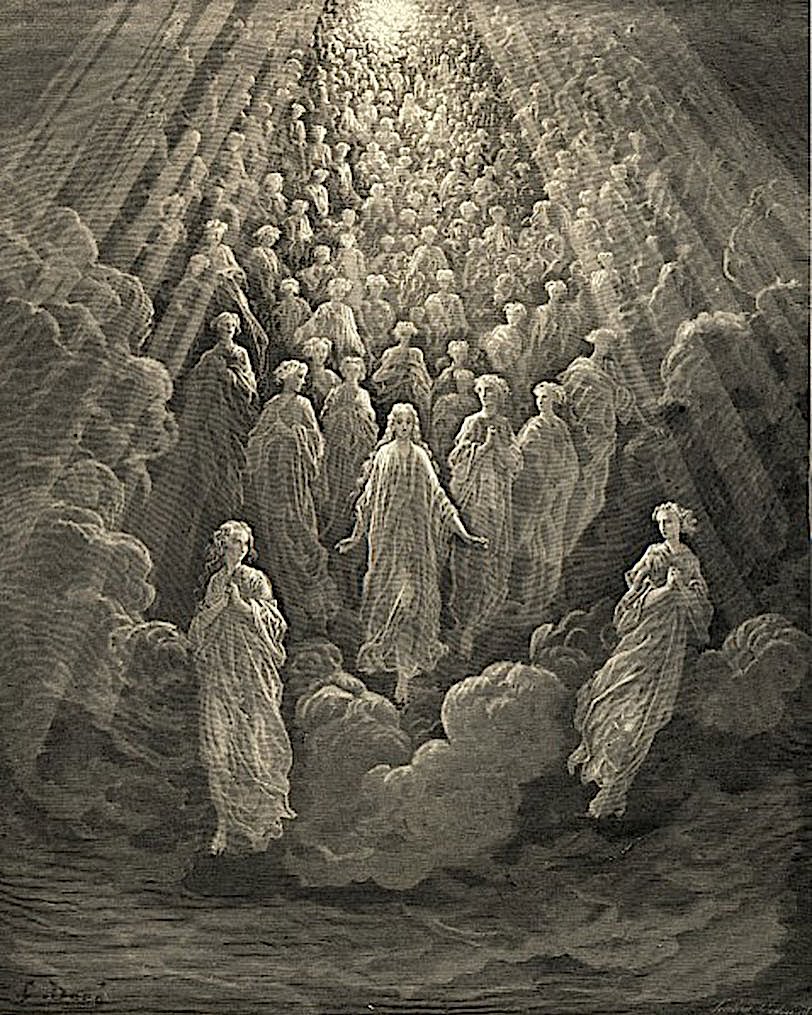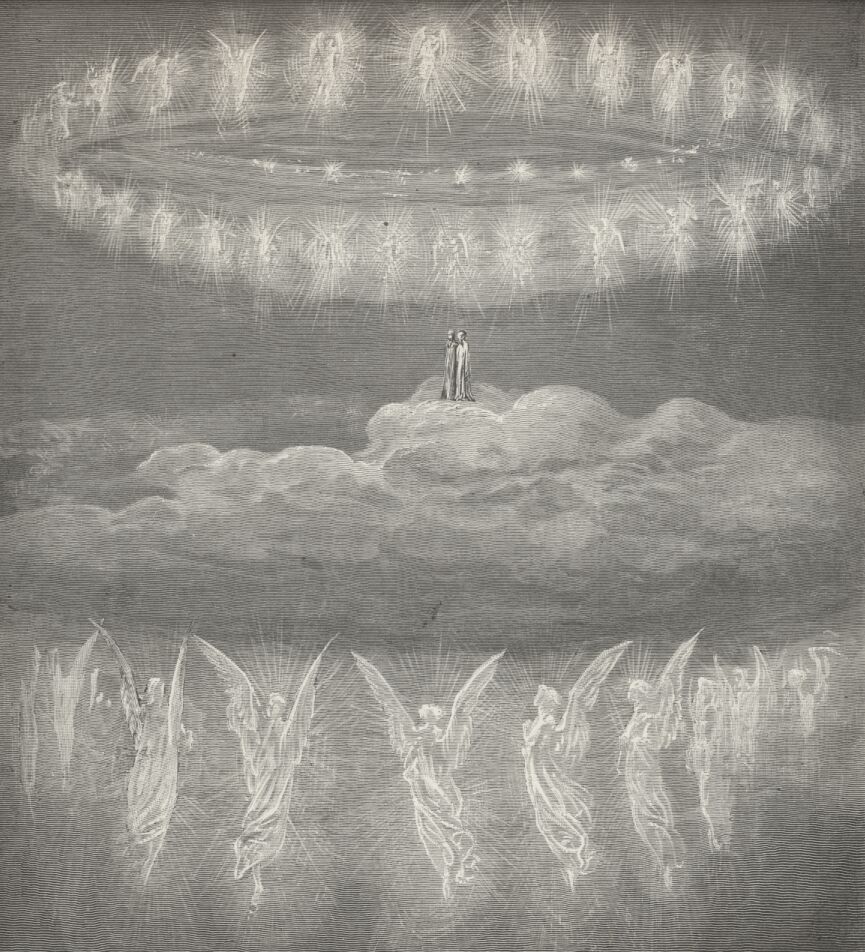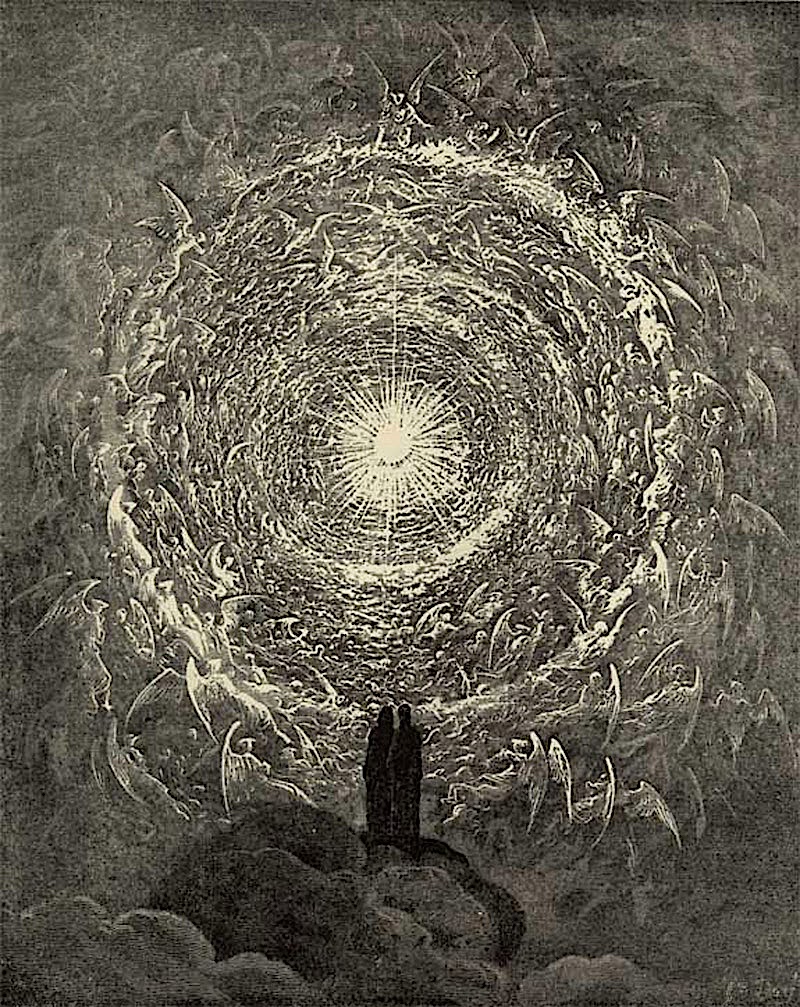[Most Recent Entries] [Calendar View]
Tuesday, February 19th, 2019
| Time | Event |
| 9:00a | An Interactive Map of the 2,000+ Sounds Humans Use to Communicate Without Words: Grunts, Sobs, Sighs, Laughs & More
When did language begin? The question is not an easy one to answer. There are no records of the event. “Languages don’t leave fossils," notes the Linguistic Society of America, "and fossil skulls only tell us the overall shape and size of hominid brains, not what the brains could do.” The scant evidence from evolutionary biology does not tell us when early humans first began to use language, only that they could 100,000 years or so ago. However, the question also depends on what we mean by language. Before the linguistic technologies of grammar and syntax, hominids, like other mammals today and a good number of non-mammals too, had a wordless language that communicated more directly, and more honestly, than any of the thousands of ways to string syllables into sentences. That language still exists, of course, and those who understand it know when someone is afraid, relieved, frustrated, angry, confused, surprised, embarrassed, or awed, no matter what that someone says. It is a language of feeling—of sighs, grunts, rumbles, moans, whistles, sniffs, laughs, sobs, and so forth. Researchers call them “vocal bursts” and as any long-suffering married couple can tell you, they communicate a whole range of specific feelings. “Emotional expressions,” says UC Berkeley psychology graduate student Alan Cowen, “color our social interactions with spirited declarations of our inner feeling that are difficult to fake, and that our friends, co-workers and loved ones rely on to decipher our true commitments.“ Cowen and his colleagues devised a study to test the range of emotion vocal bursts can carry.
The researchers asked 56 people, reports Discover magazine, “some professional actors and some not, to react to different emotional scenarios” in recordings. Next, they played the recordings for over a 1,000 people, who rated “the vocalizations based on the emotions and tone (positive or negative) they thought the clips conveyed.” The researchers found that “vocal bursts convey at least 24 distinct kinds of emotions.” They plotted those feelings on a colorful interactive map, publicly available online. "The team says it could be useful in helping robotic devices better pin down human emotions,” Discover writes. “It could also be handy in clinical settings, helping patients who struggle with emotional processing.” The study only recorded vocalizations from English speakers, and "the results would undoubtedly vary if people from other countries or who spoke other languages were surveyed.” But this limitation does not undermine another implication of the study: that human language consists of far more than just words, and that vocal bursts, which we likely share with a wide swath of the animal kingdom, are not only, perhaps, an original language but also one that continues to communicate the things we can’t or won’t say to each other. Read the study here and see the interactive vocal burst map here. via MetaFilter Related Content: Where Did the English Language Come From?: An Animated Introduction Why We Say “OK”: The History of the Most Widely Spoken Word in the World The History of the English Language in Ten Animated Minutes Josh Jones is a writer and musician based in Durham, NC. Follow him at @jdmagness An Interactive Map of the 2,000+ Sounds Humans Use to Communicate Without Words: Grunts, Sobs, Sighs, Laughs & More is a post from: Open Culture. Follow us on Facebook, Twitter, and Google Plus, or get our Daily Email. And don't miss our big collections of Free Online Courses, Free Online Movies, Free eBooks, Free Audio Books, Free Foreign Language Lessons, and MOOCs. |
| 12:00p | How Obsessive Artists Colorize Old Photographs & Restore the True Colors of the Past The art of hand-coloring or tinting black and white photographs has been around, the Vox video above explains, since the earliest days of photography itself. “But these didn’t end up looking super realistic,” at least not next to their modern counterparts, created with computers. Digital colorization “has made it possible for artists to reconstruct images with far more accuracy.” Accuracy, you say? How is it possible to reconstruct color arrangements from the past when they have only been preserved in black and white? Well, this requires research. “You now have a wealth of information,” says Jordan Lloyd, a master digital colorist. “It’s just knowing where to look.” Historical advertisements, diaries, documents, and the assessments of historians and ethnographers, among other resources, provide enough data for a realistic approximation. Some conjecture is involved, but when you see the amount of research that goes into determining the colors of the past, you will most surely be impressed.
This isn’t playing with filters and settings in Photoshop until the images look good—it’s using software to recreate what scholarship uncovers, the kind of digging that turns up important historical facts such as the original red-on-black logo of 7Up, or the fact that the Eiffel tower was painted a color called “Venetian red” during its construction.
Unless we know this color history, we might be inclined to think colorized photographs that get it right are wrong. However, the aim of modern colorizers is not only to make the past seem more immediate to us in the present; they also attempt to restore the colors people saw when photographs from the 19th and early 20th centuries were taken.
The software may not dictate color, but it still plays an indispensable role in how alive digitally colorized photographs appear. Colorizers first use it to remove blemishes, scratches, and the signs of age. Then they blend hundreds of layers of colors. It’s a little like making a digital oil painting. Human skin can have up to 20 layers of colors, ranging from pinks, to yellows, to blues.
Without “an intuitive understanding of how light works in the atmosphere,” however, these artists would fail to persuade us. Color is produced by light, as we know, and light is conditioned by levels of artificial and natural light blending in a space, by atmospheric conditions and time of day. Different surfaces reflect light differently. Correctly interpreting these conditions in a monochromatic photograph is the key to “achieving photorealism.”
Critics of colorization treat it like a form of vandalism, but as Lloyd points out, the process is not meant to substitute for the original artifacts, but to supplement them. The colorized photos we see in the video and at the links below are of images in the public domain, available to use and reuse for any purpose. Colorization artists have found their purpose in making the past seem far less like a distant country. Related Content: Colorized Photos Bring Walt Whitman, Charlie Chaplin, Helen Keller & Mark Twain Back to Life The Opening of King Tut’s Tomb, Shown in Stunning Colorized Photos (1923-5) Josh Jones is a writer and musician based in Durham, NC. Follow him at @jdmagness How Obsessive Artists Colorize Old Photographs & Restore the True Colors of the Past is a post from: Open Culture. Follow us on Facebook, Twitter, and Google Plus, or get our Daily Email. And don't miss our big collections of Free Online Courses, Free Online Movies, Free eBooks, Free Audio Books, Free Foreign Language Lessons, and MOOCs. |
| 3:00p | Watch Bauhaus World, a Free Documentary That Celebrates the 100th Anniversary of Germany’s Legendary Art, Architecture & Design School This April 1st marks the 100th anniversary of the founding of the Bauhaus, the German art school that, though short-lived, launched an entire design movement with a stark, functional aesthetic all its own. It can be tempting, looking into that aesthetic that finds the beauty in industry and the industry in beauty, to regard it as purely a product of its time and place, specifically a 20th-century Europe between the wars searching for ways to invent the future. But as revealed in Bauhaus World, this three-part documentary from German broadcaster Deutsche Welle, the legacy of the Bauhaus lives on not just in the reputations of its best known original members — Walter Gropius, Paul Klee, László Moholy-Nagy, and Josef Albers, among others — but in the currently active creators it continues to inspire in every corner of the Earth. "What do escalators in Medellín, Arabic lettering in Amman, story-telling furniture from London, urban farming in Detroit and a co-living complex in Tokyo have to do with the Bauhaus?" asks Deutsche Welle's web site. They all draw from "the influence that the philosophy of the Bauhaus movement still exerts on the globalized society of the 21st century," a time that has its societal parallels with the year 1919. To illustrate those parallels as well as the continuing relevance of Bauhaus teachings, "we meet architects, urban planners, designers and artists from around the globe who, in the spirit of the Bauhaus, want to rethink and change the world." True to its title, Bauhaus World's journey involves a wide variety of countries, and not just European ones: different segments profile the work of Bauhaus-influenced designers everywhere from Mexico to Jordan, Colombia to Israel, the United States to Japan. It's in Japan, in fact, that the first part of Bauhaus World, "The Code," finds the outer reaches of the spread of Bauhaus that began with the exile of its members from Nazi Germany. The second part, "The Effect," deals with the enduring influence that has turned Bauhaus and its principles from a movement to a brand, one that has potentially done more than its share to make us as design-obsessed as we've become in the 21st century — a century that, the third and final part "The Utopia" considers, may or may not have a place for the original Bauhaus ideals. But whatever Gropius, Klee, Moholy-Nagy, Albers, and the rest would think of what the Bauhaus they created has become over the past hundred years, over the next hundred years more and more designers — emerging from a wider and wider variety of societies and traditions — will come to see themselves as its descendants. Bauhaus World will be added to our list of Free Documentaries, a subset of our collection, 1,150 Free Movies Online: Great Classics, Indies, Noir, Westerns, etc.. Related Content: How the Radical Buildings of the Bauhaus Revolutionized Architecture: A Short Introduction 32,000+ Bauhaus Art Objects Made Available Online by Harvard Museum Website Based in Seoul, Colin Marshall writes and broadcasts on cities, language, and culture. His projects include the book The Stateless City: a Walk through 21st-Century Los Angeles and the video series The City in Cinema. Follow him on Twitter at @colinmarshall or on Facebook. Watch Bauhaus World, a Free Documentary That Celebrates the 100th Anniversary of Germany’s Legendary Art, Architecture & Design School is a post from: Open Culture. Follow us on Facebook, Twitter, and Google Plus, or get our Daily Email. And don't miss our big collections of Free Online Courses, Free Online Movies, Free eBooks, Free Audio Books, Free Foreign Language Lessons, and MOOCs. |
| 6:54p | Gustave Doré’s Haunting Illustrations of Dante’s Divine Comedy Inferno, Canto X:
Many artists have attempted to illustrate Dante Alighieri's epic poem the Divine Comedy, but none have made such an indelible stamp on our collective imagination as the Frenchman Gustave Doré. Doré was 23 years old in 1855, when he first decided to create a series of engravings for a deluxe edition of Dante's classic. He was already the highest-paid illustrator in France, with popular editions of Rabelais and Balzac under his belt, but Doré was unable to convince his publisher, Louis Hachette, to finance such an ambitious and expensive project. The young artist decided to pay the publishing costs for the first book himself. When the illustrated Inferno came out in 1861, it sold out fast. Hachette summoned Doré back to his office with a telegram: "Success! Come quickly! I am an ass!" Hachette published Purgatorio and Paradiso as a single volume in 1868. Since then, Doré's Divine Comedy has appeared in hundreds of editions. Although he went on to illustrate a great many other literary works, from the Bible to Edgar Allan Poe's "The Raven," Doré is perhaps best remembered for his depictions of Dante. At The World of Dante, art historian Aida Audeh writes: Characterized by an eclectic mix of Michelangelesque nudes, northern traditions of sublime landscape, and elements of popular culture, Doré's Dante illustrations were considered among his crowning achievements -- a perfect match of the artist's skill and the poet's vivid visual imagination. As one critic wrote in 1861 upon publication of the illustrated Inferno: "we are inclined to believe that the conception and the interpretation come from the same source, that Dante and Gustave Doré are communicating by occult and solemn conversations the secret of this Hell plowed by their souls, traveled, explored by them in every sense." The scene above is from Canto X of the Inferno. Dante and his guide, Virgil, are passing through the Sixth Circle of Hell, in a place reserved for the souls of heretics, when they look down and see the imposing figure of Farinata degli Uberti, a Tuscan nobleman who had agreed with Epicurus that the soul dies with the body, rising up from an open grave. In the translation by John Ciardi, Dante writes: My eyes were fixed on him already. Erect, Inferno, Canto XVI:
As Dante and Virgil prepare to leave Circle Seven, they are met by the fearsome figure of Geryon, Monster of Fraud. Virgil arranges for Geryon to fly them down to Circle Eight. He climbs onto the monster's back and instructs Dante to do the same. Then he called out: "Now, Geryon, we are ready: As a small ship slides from a beaching or its pier, he swung about, and stretching out his tail Inferno, Canto XXXIV:
In the Ninth Circle of Hell, at the very center of the Earth, Dante and Virgil encounter the gigantic figure of Satan. As Ciardi writes in his commentary: He is fixed into the ice at the center to which flow all the rivers of guilt; and as he beats his great wings as if to escape, their icy wind only freezes him more surely into the polluted ice. In a grotesque parody of the Trinity, he has three faces, each a different color, and in each mouth he clamps a sinner whom he rips eternally with his teeth. Judas Iscariot is in the central mouth: Brutus and Cassius in the mouths on either side. Purgatorio, Canto II:
At dawn on Easter Sunday, Dante and Virgil have just emerged from Hell when they witness The Angel Boatman speeding a new group of souls to the shore of Purgatory. Then as that bird of heaven closed the distance and bowed my head. He steered straight for the shore, Astern stood the great pilot of the Lord, singing as if they raised a single voice The angel made the sign of the cross, and they Purgatorio, Canto IV:
The poets begin their laborious climb up the Mount of Purgatory. Partway up the steep path, Dante cries out to Virgil that he needs to rest. The climb had sapped my last strength when I cried: He pointed to a ledge a little ahead His words so spurred me that I forced myself Purgatorio, Canto XXXI:
Having ascended at last to the Garden of Eden, Dante is immersed in the waters of the Lethe, the river of forgetfulness, and helped across by the maiden Matilda. He drinks from the water, which wipes away all memory of sin. She had drawn me into the stream up to my throat, Nearing the sacred bank, I heard her say Then the sweet lady took my head between Paradiso, Canto V:
In the Second Heaven, the Sphere of Mercury, Dante sees a multitude of glowing souls. In the translation by Allen Mandelbaum, he writes: As in a fish pool that is calm and clear, Paradiso, Canto XXVIII:
Upon reaching the Ninth Heaven, the Primum Mobile, Dante and his guide Beatrice look upon the sparkling circles of the heavenly host. (The Christian Beatrice, who personifies Divine Love, took over for the pagan Virgil, who personifies Reason, as Dante's guide when he reached the summit of Purgatory.) And when I turned and my own eyes were met Paradiso, Canto XXXI:
In the Empyrean, the highest heaven, Dante is shown the dwelling place of God. It appears in the form of an enormous rose, the petals of which house the souls of the faithful. Around the center, angels fly like bees carrying the nectar of divine love. So, in the shape of that white Rose, the holy You can access a free edition of The Divine Comedy featuring Doré's illustrations at Project Gutenberg. A Yale course on reading Dante in translation appears in the Literature section of our collection of 750 Free Online Courses. Follow Open Culture on Facebook and Twitter and share intelligent media with your friends. Or better yet, sign up for our daily email and get a daily dose of Open Culture in your inbox. If you'd like to support Open Culture and our mission, please consider making a donation to our site. It's hard to rely 100% on ads, and your contributions will help us provide the best free cultural and educational materials. Note: An earlier version of this post appeared on our site in October 2013. Related Content: Visualizing Dante’s Hell: See Maps & Drawings of Dante’s Inferno from the Renaissance Through Today Artists Illustrate Dante’s Divine Comedy Through the Ages: Doré, Blake, Botticelli, Mœbius & More A Digital Archive of the Earliest Illustrated Editions of Dante’s Divine Comedy (1487-1568) Alberto Martini’s Haunting Illustrations of Dante’s Divine Comedy (1901-1944) Gustave Doré’s Haunting Illustrations of Dante’s Divine Comedy is a post from: Open Culture. Follow us on Facebook, Twitter, and Google Plus, or get our Daily Email. And don't miss our big collections of Free Online Courses, Free Online Movies, Free eBooks, Free Audio Books, Free Foreign Language Lessons, and MOOCs. |
| << Previous Day |
2019/02/19 [Calendar] |
Next Day >> |
